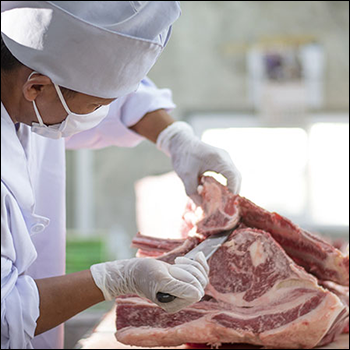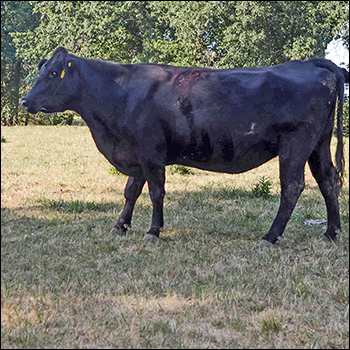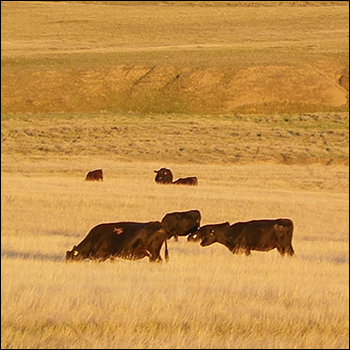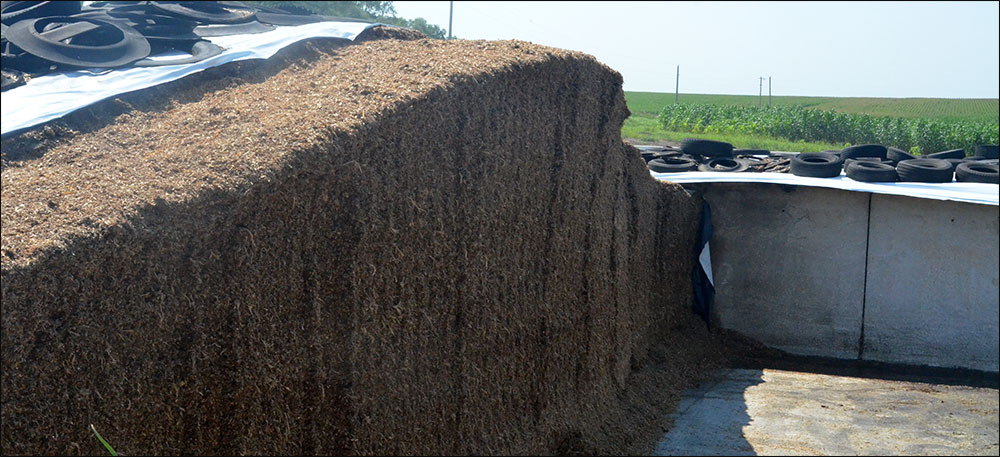
Is Your Silage Ready?
Three tips offered if you need to feed silage earlier than its peak.
When is silage ready to be opened? Often, it comes down to when producers need feed — not necessarily when the silage is at its peak. For opening silage early, there are ways to optimize its effectiveness. The general recommendation is to allow four to six weeks of storage. For corn silage, if possible, wait about four months so starch will become more digestible. Make the transition gradual, over 10-14 days. Limit the opportunity for growth of spoilage microbes by restricting oxygen penetration into the face and top of silage.
Starch digestibility
After several months of storage, the starch in silage is more readily available for microbial fermentation in the rumen. In fact, in vitro studies have shown about a 30% difference in ruminal starch digestibility after four months of fermentation. Therefore, if possible, wait to feed new silage until the starch becomes more digestible, and cattle can get more out of its energy value.
If needed, producers can plan for earlier opening times. Add a proven silage inoculant containing enzymes if you think you’ll have to open new silage early so the fermentation will be more efficient, and the resulting silage will be more consistent. Inoculants with high-activity enzymes help break down plant fiber, which can improve fiber digestibility. The product label should clearly indicate guaranteed levels validated by independent research studies.
Transition gradually
When you are ready to open the new silage, make the transition gradual — over a 10- to 14-day period — and adjust the ration to balance changes in dry matter (DM) and nutrient content. New silage can be introduced as 25% of the silage portion of the ration in the first three days, then 50% of the ration the next three days, and so on until the transition is complete.
Limit the growth of spoilage microbes
As silage is opened and fed out, it is once again exposed to air. Oxygen allows aerobic microorganisms that survived the ensiling process — such as bacilli, molds and especially yeasts — to grow. These microbes use key nutrients in the silage, and this activity produces heat. Excessive heat can denature proteins and other nutrients in the silage. Molds growing on the silage may also produce mycotoxins that can reduce animal performance and cause herd health and fertility issues.
Inoculants including Lactobacillus buchneri NCIMB 40788 will be more resistant to heating and spoilage as this organism dramatically reduces yeast levels. Plus, inoculants can contain high-activity enzymes, too.
By including these management practices, producers can be ready to feed silage with success.
Editor’s note: Renato Schmidt is a forage products specialist for Lallemand Animal Nutrition North America. Photo by Kasey Brown.
